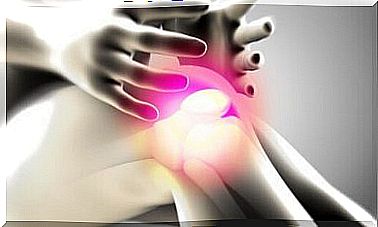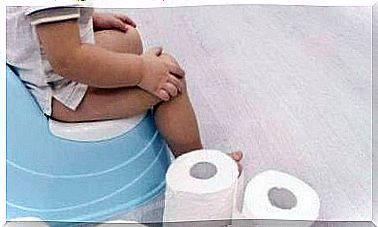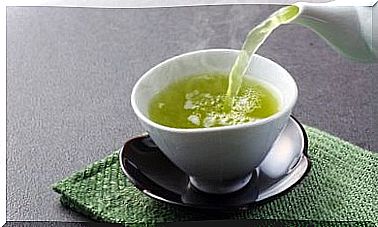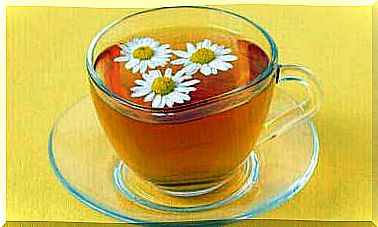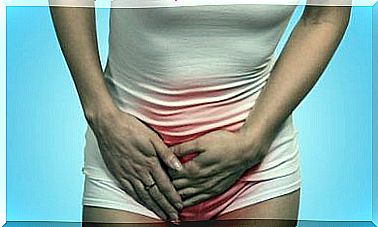Plant Replanting: Remember These Recommendations
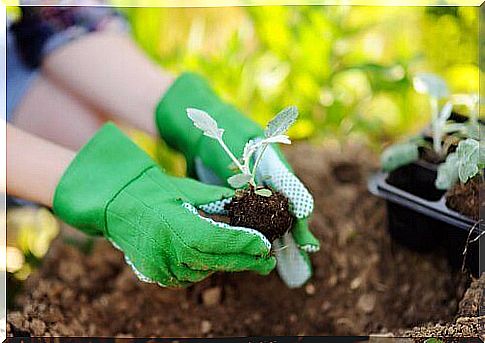
Replanting plants may seem like a simple task, but in reality, there are a few things to keep in mind to make sure the plant stays healthy and vibrant. Replanting is not natural for plants, and changing their pot or location can be detrimental to them. Remember that in their natural state, plants would never be moved. Indeed, replanting plants is a big change for plants, and if done incorrectly, it can greatly weaken a plant. In some cases, the plant may be damaged and die completely. So keep the following recommendations in mind when replanting plants!
Plant replanting: keep these recommendations in mind
Planting plants should be done at the right time of year

In transplanting a newly purchased plant (whether you planted it in a pot or in the ground), the season doesn’t matter. Thus, replanting of newly purchased plants can be done at any time of the year without being very detrimental to the plant. These plants can always be replanted immediately.
If, instead, you are about to move the plant from the ground to the pot, the season matters. In this process, the roots of the plant are damaged, so it is best to wait for the time of year when the plant is dormant. The best time is therefore winter.
If, on the other hand, you are transplanting a plant from a pot to the ground, watering must be considered. In this case, the plant is best replanted in the summer. This way the plant will definitely get more water otherwise it will dry very easily.
Choose your flowerpot carefully
One of the most important things when replanting a plant is to choose a flower pot carefully. Too small or too large a pot is detrimental to the plant. If the pot is too small, there is not enough room at the roots of the plant to grow and spread, while a pot that is too large will prevent the plant from getting enough water.
It is therefore necessary to pay attention to the growth of the plant and choose a pot where the plant can grow healthy. There should be a few centimeters of extra space in the pot in both depth and width. Keep in mind that if the plant continues to grow and it still grows a lot, you may need to transplant it again.
As for the material of the pot, both clay and plastic pots have their advantages and disadvantages. Plastic flower pots are very light and inexpensive, so they are economical and easy to transport. One of their disadvantages is that over time, the sun weakens the plastic and such pots tend to crack or break. Another problem is that plastic is not a porous material, which can have a detrimental effect on the rhizome of the plant.
Clay pots are very durable and have the roots able to develop properly. They are also undeniably nicer than plastic pots. However, they are more expensive, and when dropped or knocked, they can break down.
Removal of the plant from the soil
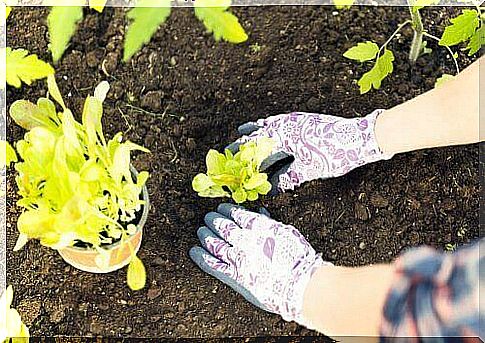
Removing the plant from the soil or soil is the most careful part of replanting, especially if the plant is moved from one pot to another. The plant must be removed carefully so that the part of the plant in the soil does not decompose. If this happens, it will be more difficult for the plant to adapt to its new environment.
Irrigation is also a very important step in replanting. When the soil is wet, tap the pot to help the soil come off it. Finally, carefully remove the plant by pulling on its stem or trunk.
Placing the plant in a new environment
When placing the plant in a new pot, it is important to be sure to place it in the center of the pot so that it is not too high or low and not too far from the edge. Fill the pot with soil by pressing with your fist so that the soil settles tightly.
It is important to prepare the soil in advance according to the needs of the plant. This helps the plant adapt to its new environment and it gets the nutrients it needs to thrive.




